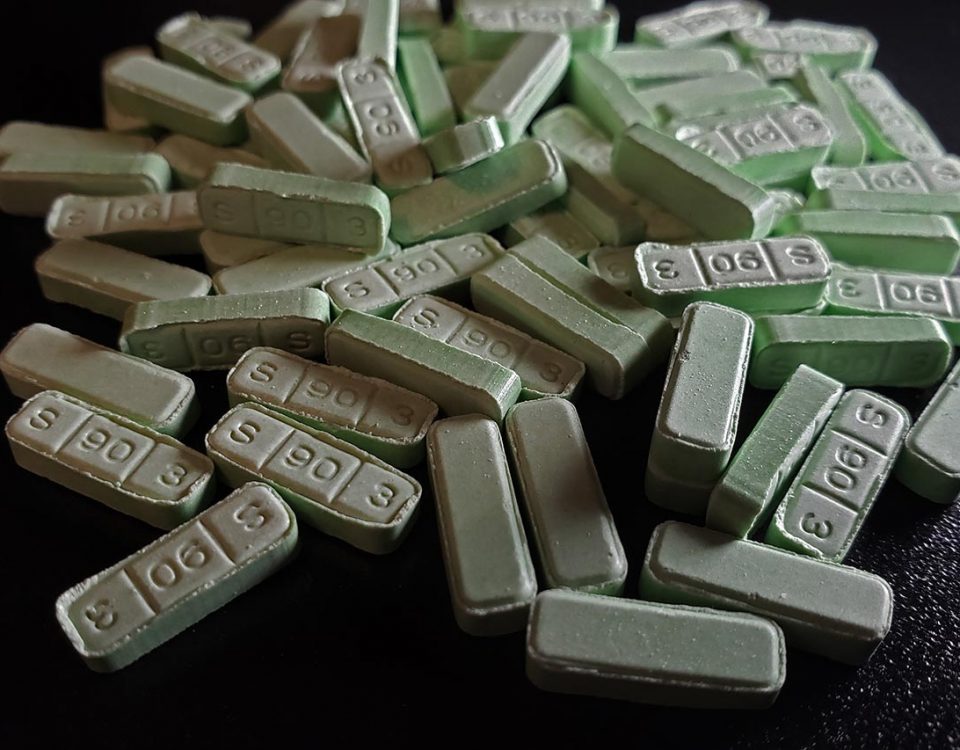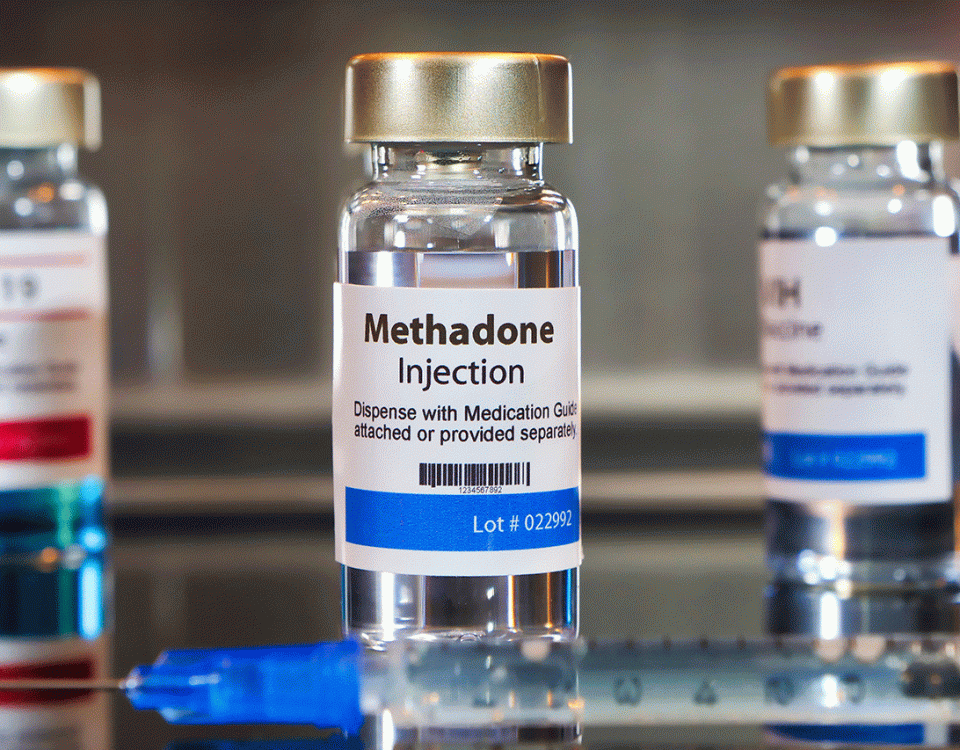Methamphetamine is a stimulant drug that has limited medicinal use because of its high addiction quality. It can be smoked, swallowed, snorted, or injected, and it is infamous for its energetic and intense high. Because of the quickness at which this high dissipates, users will often find themselves binging in order to fight the tolerance they have developed. Not only can meth cause severe damage to a person’s physical health, but their mental health can also take a hit. Banyan Treatment Centers Massachusetts is looking at the relationship between meth & weight loss.
Does Meth Make You Lose Weight?
While everyone is different, meth and weight loss are often connected. In some cases, methamphetamine may be used purposely to lose weight, and other times, it is simply a side effect of continued abuse.
Along with the treatment of ADHD, occasionally doctors will give obese patients prescription methamphetamine for weight loss, but this is rare. Because of methamphetamine’s addictive nature, there is a high risk of abuse. If doctors do prescribe it, it is usually only for a short period of time.
More often than not, methamphetamine is abused illegally and without the monitoring of a medical professional. Most users struggle to stop regardless of the negative consequences. Unhealthy and drastic weight loss is one common side effect of this abuse. Some people may even take crystal meth specifically for weight loss before becoming addicted to the drug, leaving them without much choice regarding their drug use. Others take this drug intending to get high, and consequently, repeated use of methamphetamine causes weight loss.
Why Does Meth Make You Lose Weight?
The relationship between meth and weight is believed to be attributed to a few different reasons.
Methamphetamine is a stimulant that increases energy levels. When people binge use this drug to avoid the unwanted side effects of crashing, it may lead to days without quality sleep. Alongside this constant activity, methamphetamine is also believed to suppress appetite. Regular users may go days with a full meal.
There is also evidence to suggest that long-term drug abuse can impact the body’s metabolism and ability to store fat, but this discovery still needs further review.1 Over time, all of these factors can lead to drastic weight loss as well as malnutrition from a poor diet when users do eat. Drug rehab centers should do a full clinical assessment of patients before treatment begins to address secondary issues like malnutrition in recovery.
How Does Drug Use Affect Metabolic Rate?
The metabolic rate—the pace at which the body burns calories to maintain essential functions—can be greatly impacted by drug use. Cocaine and other stimulants like amphetamines can raise the metabolic rate. They function by causing the release of specific neurotransmitters, such as norepinephrine and dopamine, by activating the central nervous system. These neurotransmitters raise blood pressure, speed up the heartbeat, and make you more alert. Because of this increased physiological activity, the metabolic rate rises in response to the increased demand for energy. This has led certain individuals to use meth for weight loss.
But not every drug has a stimulating effect. For example, opioids frequently have a central nervous system depressive impact. They may result in a drop in metabolic rate, which will slow down a number of body processes. This explains why symptoms like constipation and a slowed breathing rate are frequently linked to opiate usage. Drugs may also change food intake and appetite, which indirectly affects metabolic rate. For instance, it is well recognized that marijuana usage increases appetite, which may result in a higher calorie intake and affect metabolic processes.
How Are Stimulants Metabolized?
The body uses stimulants through a complicated metabolic mechanism. The liver is one of the main routes by which the medication is broken down into smaller, more manageable molecules by liver enzymes. For example, cytochrome P450 is one of the enzymes that metabolizes amphetamines. The medication is changed by these enzymes into a variety of metabolites, some of which are inactive and easily eliminated from the body, while others retain pharmacological effectiveness.
Stimulant metabolites are first processed by the liver before being eliminated by the kidneys. This is an important stage in the drug's removal from the body. The kidneys filter the blood, removing chemicals the body wants to hold onto from waste materials, such as drug metabolites. Urine is subsequently used to expel these waste materials. The efficacy of this procedure may differ based on personal physiology, drug dosage, and usage frequency.
It's crucial to remember that different stimulant kinds can have distinct metabolism pathways and rates. How quickly and effectively a stimulant is metabolized can depend on a number of variables, including the chemical makeup of the substance and individual variances in enzyme activity. This knowledge is essential for researchers looking into the effects of stimulants on the body as well as for medical practitioners who are managing patients on these medications. Additionally, those using meth to lose weight are putting various other parts of their body at risk.
Other Side Effects of Meth Use
Long-term abuse of methamphetamine can lead to several unsightly changes in physical appearance, such as meth sores, false aging (a sense of lost time), meth mouth, and, as discussed before, dramatic weight loss.
Additional meth side effects can include:
- High body temperature
- Quickened breathing
- High blood pressure
- Sped-up heart rate
- Inability to sleep
- Anxiety and paranoia
- Heart attack
- Risk of strokes
- Uncontrollable tremors
- Heightened libido
- Rapid speech patterns
- Chest pains
- Pupil dilation
- Seizures
- Death
If someone is exhibiting severe side effects of symptoms of an overdose, call 9-1-1 immediately. That call could literally make the difference between life and death.
As the affected individual begins to heal their body from the negative effects of their addiction, our Massachusetts addiction treatment center can help them unpack their substance use disorder.
Lean On Our Rehab Near Boston
At our Banyan rehab in Massachusetts, we believe that successful long-term recovery should be a lifestyle change that starts in early treatment. We offer options for meth addiction treatment that will not only help the user quit abusing this drug but also look at the side effects of its use, such as unhealthy weight loss. Those who are underweight or malnourished from long-term abuse will focus on changing their diet to give their body the nutrients it’s been lacking, as well as getting back to a healthy weight.
They will also have the opportunity to attend life-changing therapy sessions that will help them gain a better understanding of why the addiction occurred, process unresolved trauma, and learn coping tools for triggering situations.
If you or someone you love struggle with substance abuse of any kind, we are here. Reach out to Banyan’s Massachusetts rehabs now at 888-280-4763 to learn how we may be able to help.
Source:









